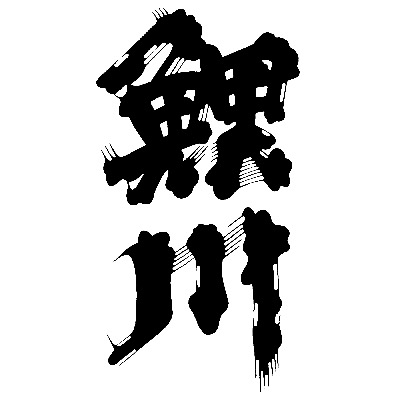Koikawa brewery is located in Japan where Kame-no-o rice first originated. Kame-no-o rice was famous for making good Sake, but due to the difficulty in farming it, the rice was almost wiped out. 30 years ago, Koikawa brewery discovered that there were a few hundred seeds left and asked the great-great-grandson of Kame-no-o inventor, Mr. Kameji Abe for the seeds in order to start farming this special rice again. Today Kame-no-o has once again became a popular rice for Sake-making. Kame-no-o can only be grown using organic methods, as this species of rice plant will die if pesticides or other chemicals are used.
When was your brewery established?
1725
What is your annual output?
800 koku or 144,000 litres
Including the Tōji (Master brewer) how many brewers do you have?
6
What is your emphasis in brewing Sake?
We’re a brewery working with a type of rice called Kame no O, which is very tricky to brew with, so the initial preparation of the rice and steaming is vital. We focus on creating a dry Sake through complete fermentation.
In 100 words or less tell us what is Koikawa’s appeal?
Located in the birthplace of one of the 3 great Sake Rices Kame no O, we are dedicated to brewing with Kame no O.
We are also committed to brewing with locally grown rice. Our goal is to be an All Junmai brewery, at this stage we are up to 80% junmai. Another area of focus is aging. Our Sakes that have been pasteurised then aged are best slightly warm.
In the autumn of 2008, our Kame no O 100% Junmai DaiGinjō won an award in the Northeast Sake awards Junmai division. As an industry first it attracted a lot of attention.
Which Sake, from Koikawa’s line up do you recommend?
Koigaryu; Abekameji; Kamejikōjitsu; Koikawa;
How would you drink this Sake and what kinds of food does it go with?
Our Sakes are best slightly warm. They go very well with olive oil based Italian dishes.


